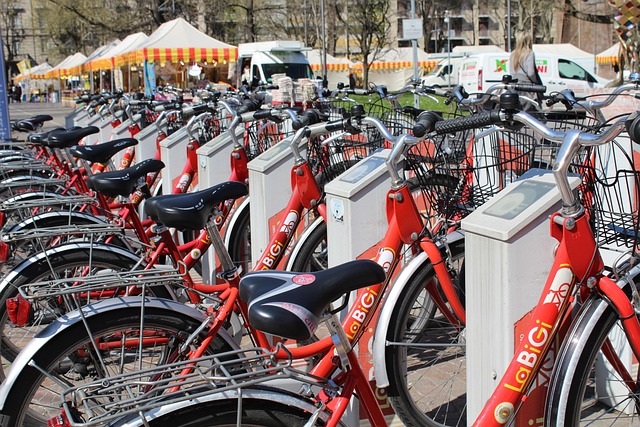Pedaling Towards a Sustainable Future: Bicycle-based Transport Planning for Rural Development
In an ever-evolving world, the conversation around sustainable transport planning has taken center stage, particularly in rural communities where access to efficient and eco-friendly transportation is paramount. As bicycle-based transport options gain traction, they represent a movement not just towards greener living but towards a more connected and thriving rural landscape.
Transport Sustainability
Sustainable transport planning is more than a buzzword; it’s a necessity. With urban areas growing increasingly congested and environmental concerns surfacing, rural regions present unique opportunities to initiate change through the humble bicycle. Imagine local roads lined with cyclists, fresh air filling the lungs, and community members engaging with their surroundings in a vibrant and active manner.
Bicycles offer a low-impact, energy-efficient mode of transport, significantly reducing greenhouse gas emissions compared to traditional vehicles. They require far fewer resources to produce and maintain, making them an economically and environmentally savvy choice for rural areas. By fostering a culture around cycling, we can encourage healthier lifestyles, reduce our dependence on fossil fuels, and create a more interconnected community, where everyone can benefit equally from improved mobility.
Rural Development
In rural contexts, the challenges are often tied to isolation and a lack of access to essential services. Transportation systems heavily influenced by cars can alienate those without access to a vehicle, particularly the young, elderly, and low-income individuals. By incorporating bicycles into the transport planning strategy, we can address these issues head-on, promoting inclusivity and accessibility.
Community-based cycling initiatives can help to enhance rural development by improving access to education, healthcare, and job opportunities. Consider how a few bike lanes could link communities, making it easier for children to ride to school or helping an elderly neighbor easily reach a grocery store. Such connections can empower individuals, stimulating local economies and fostering a sense of belonging.
Moreover, when bicycles are integrated into public transport systems—like having bike racks on buses—people become more inclined to cycle for shorter trips while having the option to travel further when needed. This synergy not only promotes a sustainable lifestyle but also helps build strong social ties within the community, further enhancing rural resilience.
Embracing the Bike Culture
Transitioning towards bicycle-centric transport planning is about more than just infrastructure; it’s about cultivating a culture around cycling. Local governments can support this shift through education, awareness campaigns, and community events that celebrate biking as a viable and enjoyable transportation option. Schools can implement educational programs focused on road safety, and businesses can incentivize bike usage through discounts or rewards for those who arrive by bicycle.
As we ride on this path towards a more sustainable future, let’s embrace the transformative potential of cycling in rural development. It’s time to pedal together, envisioning a world where every community has the power to thrive, rooted in eco-conscious transport practices, and connected through the joy of cycling.




